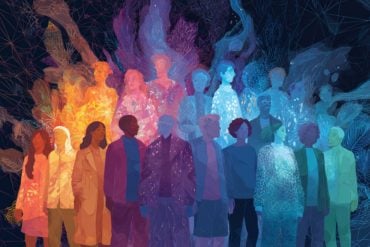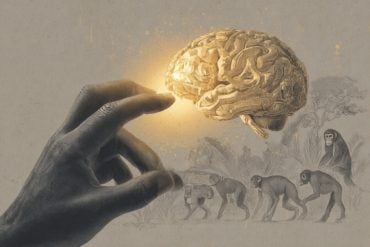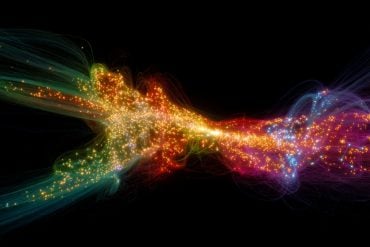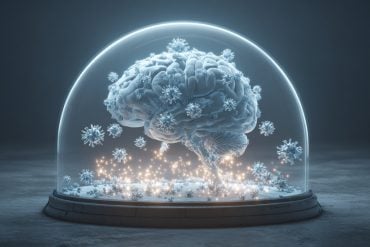Summary: Researchers have made a significant breakthrough in restoring the ability to form lasting memories in older or damaged brains.
Source: UC Irvine.
Aging or impaired brains can once again form lasting memories if an enzyme that applies the brakes too hard on a key gene is lifted, according to University of California, Irvine neurobiologists.
“What we’ve discovered is that if we free up that DNA again, now the aging brain can form long-term memories normally,” said senior author Marcelo Wood, UCI’s Francisco J. Ayala Chair in Neurobiology & Behavior, who will present the findings at the American Association for the Advancement of Science’s annual meeting, in Austin, Texas. “In order to form a long-term memory, you have to turn specific genes on. In most young brains, that happens easily, but as we get older and our brain gets older, we have trouble with that.”
That’s because the 6 feet of DNA spooled tightly into every cell in our bodies has a harder time releasing itself as needed, he explained. Like many body parts, “it’s no longer as flexible as it used to be.” The stiffness in this case is due to a molecular brake pad called histone deacetylase 3, or HDAC3, that has become “overeager” in the aged brain and is compacting the material too hard, blocking the release of a gene called Period1. Removing HDAC3 restores flexibility and allows internal cell machinery to access Period1 to begin forming new memories.
Researchers had previously theorized that the loss of transcription and encoding functions in older brains was due to deteriorating core circadian clocks. But Wood and his team, notably postdoctoral fellow Janine Kwapis, found that the ability to create lasting memories was linked to a different process – the overly aggressive enzyme blocking the release of Period1 – in the same hippocampus region of the brain.
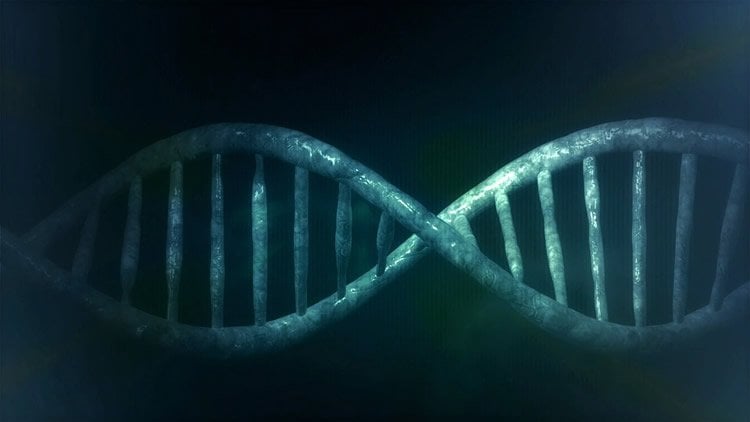
That’s potentially good news for developing treatments. “New drugs targeting HDAC3 could provide an exciting avenue to allow older people to improve memory formation,” Wood said.
Funding: Researchers from UC Davis and Mount Holyoke College contributed to the work. Funding was provided by the National Institute on Aging, the National Science Foundation, the Defense Advanced Research Projects Agency, the French National Institute of Health & Medical Research and the Novo Nordisk Foundation.
Source: Janet Wilson – UC Irvine
Publisher: Organized by NeuroscienceNews.com.
Image Source: NeuroscienceNews.com image is in the public domain.
Original Research: The study will be presented at the 2018 AAAS Annual Meeting.
[cbtabs][cbtab title=”MLA”]UC Irvine “Researchers Crack Code to Restoring Memory Creation in Older or Damaged Brains.” NeuroscienceNews. NeuroscienceNews, 16 February 2018.
<https://neurosciencenews.com/genetics-memory-creation-8506/>.[/cbtab][cbtab title=”APA”]UC Irvine (2018, February 16). Researchers Crack Code to Restoring Memory Creation in Older or Damaged Brains. NeuroscienceNews. Retrieved February 16, 2018 from https://neurosciencenews.com/genetics-memory-creation-8506/[/cbtab][cbtab title=”Chicago”]UC Irvine “Researchers Crack Code to Restoring Memory Creation in Older or Damaged Brains.” https://neurosciencenews.com/genetics-memory-creation-8506/ (accessed February 16, 2018).[/cbtab][/cbtabs]



